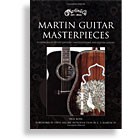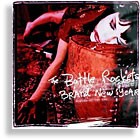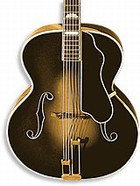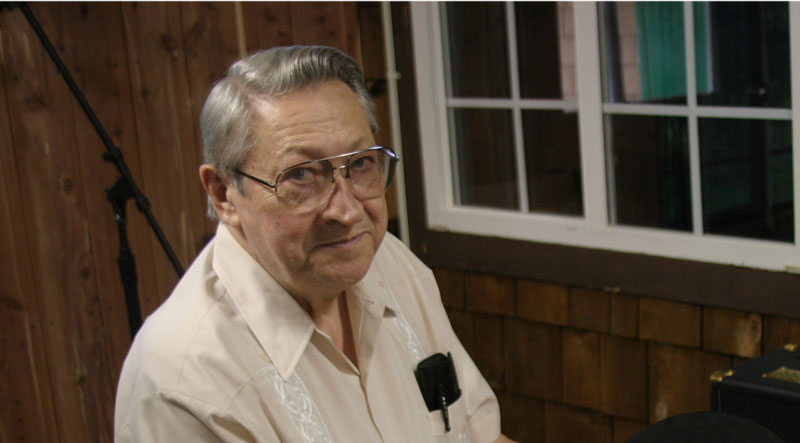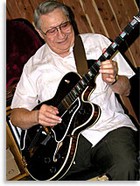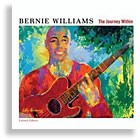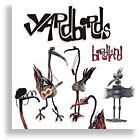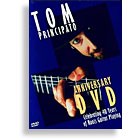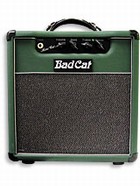
The Bad Cat amplifier company’s Mini Cat is a small unit designed for many things, including practice, recording, or use as a preamp.
Bad Cat has established itself as one of the leaders in class A amplifier design. In August ’02, we reviewed Bad Cat’s Hot Cat, and found it to be superb in every way. In fact, to this day, we still use it as one of our benchmarks.
Physically, the Mini Cat is as demure as its name would imply. Measuring 14″x14″x7″, it’s also light and very portable. And yes, it’s all-tube, hand-wired, and class A. It uses one 12AX7 in the preamp section and one EL84 for power. An 8-ohm Jensen P10R alnico provides the final link to the tone.
The Mini Cat is also available as a head with separate 1×10″ speaker cab. The front panel has controls for volume, bass, treble, and master volume, using chickenhead knobs. Also on the front is a single input and green LED indicator.
On the rear panel is an on/off toggle switch, input for the detachable power cord, speaker output jack, headphone jack, and a line-out jack. The extremely well-constructed seven-ply cabinet is covered in a handsome dark green covering which seems very durable and has an almost rubberized texture. A removable leather strap handle makes it easy to carry, and black metal corners protect the body.
Peering inside, you’ll see wiring that couldn’t be cleaner. High-quality components all the way. Lettering on both panels is on a vinyl material, making it impossible to wear off. This amp is really built.
Heeeere, Kitty, Kitty…
To test the Mini, we used a ’70s Fender Stratocaster and an Epiphone Elitest Les Paul, both with stock pickups.
We first plugged in the Strat, and with its middle and neck pickups engaged and the amp set to run clean (master volume high, volume low, bass at full, treble just under halfway), we got a clean, sparkley, very pure SRV-like tone; notes popped nicely, with great separation and very punchy low-mids.
Switching to the bridge pickup, we scored the expected jump in the amount of treble bite. Pushing the volume into overdrive, we noticed some of the sparkle leaving, so we compensated by pushing the treble. As we pushed it to full, we had to back off the bass to prevent the speaker from bottoming out – for just five watts, this amp is very loud pushing the speaker to almost beyond its limits. Still, as we pushed the Mini, we got bunches of very smooth overdrive.
Next, we plugged in the Les Paul and set the Mini back to clean. From 0 to about 10 o’ clock on the volume knob, the Mini let us know it was on. But after 10 o’ clock, the Mini came to life, with midrange popping pleasantly. As we pushed the volume control for more overdrive, we again had to dial back the bass to keep the speaker from being pushed beyond its limits.
Next, we plugged the Mini into a 2×12″ cab. As we pushed it to near full, it started to really roar, with a fantastic overdrive tone that was remarkably crunchy, regardless of which guitar we plugged in. Dialing the amp back meant losing some sustain, but still, this amp through a 2×12″ is a great rock setup for a small club, though it would have to run at or near full-bore.
We then tried the Mini in the role of preamp. Running the amp’s line-out to an all tube 100-watt head through the 2×12″, and with the Mini’s gain up, we got tone that could only be described as, well, great googilymoogily! Absolutely killer – some of the fattest, smoothest overdrive to be had, with great note separation and zero mushiness.
Yes, the Mini Cat is small. But it’s mighty, pushing a loud five watts of all-tube power and giving the same type of luscious Bad Cat tone we’ve come to appreciate. And because the Mini Cat is so versatile, is it’s not fair to classify it as strictly a practice amp.
At $869, the Mini doesn’t come cheap, but tone, reliability, and quality does not come cheap, either. The Bad Cat Mini is a classic example of getting what you pay for. And in this case, what you get is a killer little amp.
Bad Cat Mini Cat
Type of amp 5-watt 1×10″ combo.
Features Hand-wired class A circuit, Jensen P10R speaker, line out, headphone out, five-year warranty.
Price $869.
Contact Bad Cat Amplifier Co., Inc., 2621 Green River Rd., Ste. #105, Pmb #406, Corona, CA 92882, phone (909) 808-8651, badcatamps.com.
This article originally appeared in VG‘s Aug. ’04 issue. All copyrights are by the author and Vintage Guitar magazine. Unauthorized replication or use is strictly prohibited.

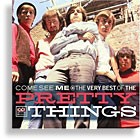
.jpg)
